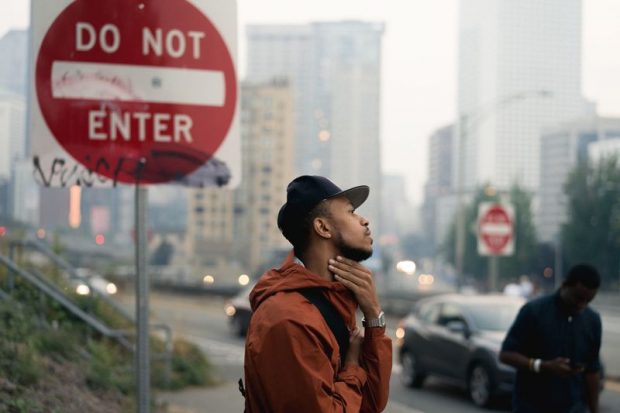Fascination About Framing Streets
The 8-Second Trick For Framing Streets
Table of Contents8 Simple Techniques For Framing StreetsFraming Streets - An Overview5 Easy Facts About Framing Streets ExplainedThe Framing Streets DiariesThe Single Strategy To Use For Framing StreetsThe Single Strategy To Use For Framing Streets
, generally with the goal of catching images at a definitive or touching minute by careful framework and timing. https://www.easel.ly/infographic/04m0k9.
Framing Streets - The Facts
Susan Sontag, 1977 Road photography can concentrate on individuals and their actions in public. In this regard, the road professional photographer is comparable to social docudrama professional photographers or photojournalists who likewise work in public places, yet with the aim of catching newsworthy events. Any of these digital photographers' pictures may capture individuals and residential property noticeable within or from public areas, which usually entails navigating honest concerns and legislations of privacy, protection, and building.
Depictions of day-to-day public life form a genre in nearly every period of globe art, starting in the pre-historic, Sumerian, Egyptian and very early Buddhist art periods. Art taking care of the life of the road, whether within sights of cityscapes, or as the dominant theme, shows up in the West in the canon of the Northern Renaissance, Baroque, Rococo, of Romanticism, Realistic look, Impressionism and Post-Impressionism.
The 10-Minute Rule for Framing Streets
Louis Daguerre: "Boulevard du Temple" (1838 or 1839) In 1838 or 1839 the very first picture of figures in the street was videotaped by Louis-Jacques-Mand Daguerre in one of a set of daguerreotype views drawn from his studio home window of the Boulevard du Holy place in Paris. The 2nd, made at the elevation of the day, reveals an unpopulated stretch of road, while the other was taken at regarding 8:00 am, and as Beaumont Newhall reports, "The Boulevard, so regularly loaded with a relocating throng of pedestrians and carriages was completely singular, except an individual that was having his boots combed.
, that was motivated to take on a comparable paperwork of New York City. As the city established, Atget helped to advertise Parisian streets as a worthy subject for photography.

Rumored Buzz on Framing Streets
Martin is the very first videotaped digital photographer to do so in London with a masked camera. Mass-Observation was a social research study organisation established in 1937 which aimed to record day-to-day life in Britain and to tape-record the responses of the 'man-in-the-street' to King Edward VIII's abdication in 1936 to marry divorce Wallis Simpson, and the succession of George VI. Andre Kertesz.'s widely appreciated Images la Sauvette (1952) (the English-language version was entitled The Crucial Minute) promoted the concept of taking a click to read more picture at what he termed the "decisive moment"; "when type and content, vision and composition merged right into a transcendent whole" - photography presets.
The 8-Second Trick For Framing Streets
The recording machine was 'a covert video camera', a 35 mm Contax concealed below his layer, that was 'strapped to the breast and linked to a long wire strung down the appropriate sleeve'. His work had little modern influence as due to Evans' level of sensitivities about the creativity of his project and the privacy of his subjects, it was not released up until 1966, in the publication Numerous Are Called, with an introduction composed by James Agee in 1940.
Helen Levitt, after that a teacher of little ones, connected with Evans in 193839. She documented the temporal chalk drawings - photography presets that belonged to youngsters's street society in New york city at the time, in addition to the kids that made them. In July 1939, Mo, MA's new photography section included Levitt's work in its inaugural exhibitRobert Frank's 1958 book,, was significant; raw and often indistinct, Frank's photos questioned traditional photography of the moment, "challenged all the official guidelines set by Henri Cartier-Bresson and Walker Evans" and "contradicted the wholesome pictorialism and heartfelt photojournalism of American magazines like LIFE and Time".